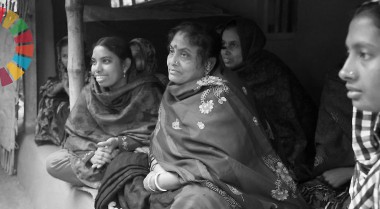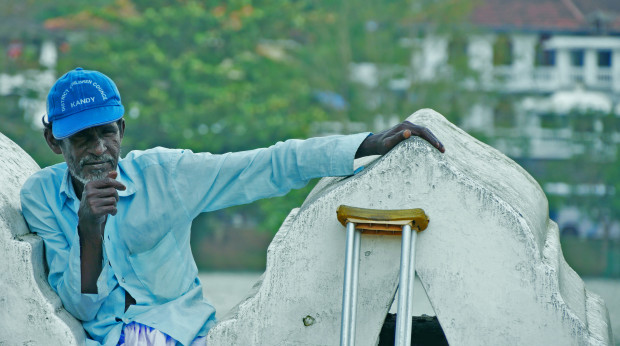
Planting the Seeds of Change in Sri Lanka: Localising the SDGs
Every Sri Lankan tea you drink is a slightly bitter brew. Why you must wonder. That is because in every single tea leaf coming from Sri Lanka lies the tedious labour of men and women from the plantation sector.
While Sri Lanka’s plantation sector is often described as the backbone of the country’s economy, workers, particularly women within the plantation sector, are poorly remunerated for their labour. In addition, they face a variety of issues, including poor housing and lack of access to healthcare. Despite gaining an equal wage in 1984, women continue to work almost twice as many hours per day as male labourers without appropriate compensation.
Having worked as a peacebuilder in Sri Lanka for over 25 years, I am very conscious of the hardships women face in the country I call home. To empower women and make them aware of their rights, especially in the plantation sector, our organisation Association of War Affected Women (AWAW) carried out community sensitization. We focused on the Sustainable Development Goals (SDGs), specifically on SDG 16 (just, peaceful and inclusive societies) and SDG 5 (gender equality), to further promote equal pay and gender equality in the plantation sector.
What does community sensitisation actually entail? It means that I, together with colleagues, travelled to three regions in the heart of the country, where we met with women and men to discuss the SDGs. I am a firm believer that raising awareness on the Sustainable Development Goals on the local level creates an essential connection between global policymakers and local communities.
Time and time again, we have seen that unless you connect the SDGs to people’s day to day issues, their hardships and hopes, they will remain a far away and abstract UN concept. However, if the SDGs resonate on the local, community level, then we can actually make them a reality.
I am very proud to see how people use their newly acquired knowledge and skills. It fills me with hope to witness how change starts to spread in their communities. It is truly inspiring to see people form SDG committees full of ideas and initiatives for small-scale action. For instance, right after our discussions, a small library was set up, a system for composting was established and a process to collect rainwater was put in place. Although these initiatives are not directly related to peace, justice and inclusive societies, and gender equality, these projects respond to the needs in their communities and are therefore linked to all the 17 Sustainable Development Goals. What could be more beautiful and inspiring than the fact that people are empowered to create change, rooted in local realities, driven by local people’s ideas? To me, that is the true essence of the SDGs.

